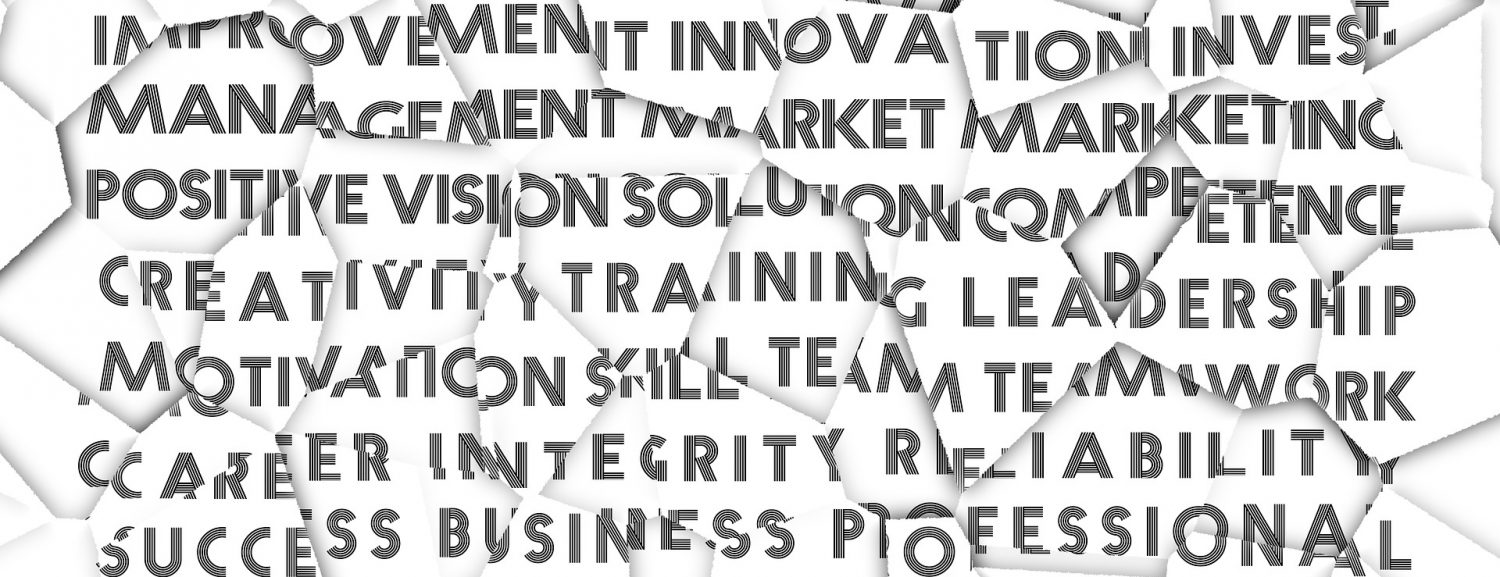Working Across All Levels
Sharp’s organizational structure is primarily consistent with competing boutique-sized public relations and media companies. With only around 40 employees spread across two offices, the division of work and responsibility according to title is fairly easy to track. As an intern with Sharp, I was lucky enough to report to multiple levels of this structure, giving me a more comprehensive view of company leadership. To break down the office leadership structure, I will start from the top and work my way down. The President, CEO, Creative Director and CFO are the highest ranking officers in the company. The next level down are the regional and group directors. These upper-management positions oversee all operations of Sharp’s four areas of expertise: Public relations (the largest), Social Media, Events, and Design/Branding. These directors oversee and work with the account directors, the most senior executive on each client account besides the group director. Each Account director has a team of Assistant and Senior Account executives for each client, and all account executives work on multiple client accounts. My assignment to the lifestyle team rather that the home and design team dictated what set of clients I would assist with, but I reported to and collaborated with all levels of that team, from Assistant & Senior Account Executive to Account Director to Regional Director. I even had several meetings with our CEO following our intern project to brainstorm how to integrate cutting-edge technology into Sharp’s new office space, which showed me how engaged company leadership is with all levels of operation. I also got to know all of my supervisors on a personal level, across all age ranges and their status within the company. I believe that this structure reflects and facilitates the workplace environment that their employees want and need. The hierarchy sets up a system that ensures accountability, organizes personalized work for our many clients, and creates guidelines for the distribution of work, but these levels are not rigid. Constant collaboration and therefore trust in “superior” and “inferior” co-workers is essential. The very social and relaxed nature of the office also dictates that more senior employees should only really embrace and emphasize their position in front of clients, or they risk losing the camaraderie that the work environment requires. Leaders accept input and ideas from their follower to craft a vision and a plan for execution, assign tasks according to each employee’s strengths, and consults until the project is completed and reports back to the client. I really valued this leader-follower dynamic at Sharp, as it really made me feel like I was embraced as a member of the team. Sharp employees and myself could enjoy a relaxed and friendly work environment without sacrificing quality work for every client.
